
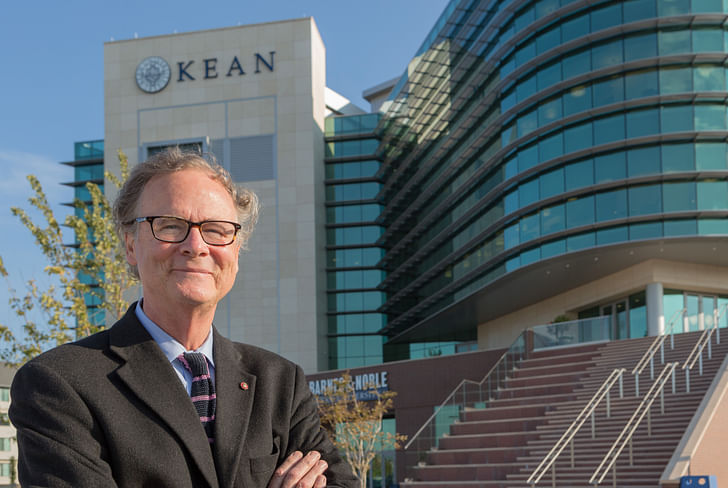
The Deans List is an interview series with the leaders of architecture schools, worldwide. The series profiles the school’s programming, as defined by the head honcho – giving an invaluable perspective into the institution’s unique curriculum, faculty and academic environment.
For this issue, we spoke with David Mohney, the Acting Dean at Kean University's upcoming Michael Graves School of Architecture.
As the acting dean for the fledgling Michael Graves School of Architecture, David Mohney is betting on classic techniques to win out in a quite uncertain future. Slated to open in fall of 2015, the school’s core pedagogy is built on hand-drawing – a practice that Graves holds in high regard, and one that critics are calling out of touch with the current architecture market. While Mohney hopes the emphasis on designing with the hand will set the school apart from local schools at Princeton University and New Jersey Institute of Technology, there’s still a concern that its uniqueness may hinder its graduates. Still, the school is set on offering a world-class architecture education for the global-set, operating out of twin campuses in New Jersey and Wenzhou, China. Mohney, on a year’s leave from his role as Dean at the University of Kentucky’s School of Architecture, will help Kean get the ball rolling. We spoke with him for Deans List, on starting a school named after your mentor and how schools can distinguish themselves in a chaotic academic market.
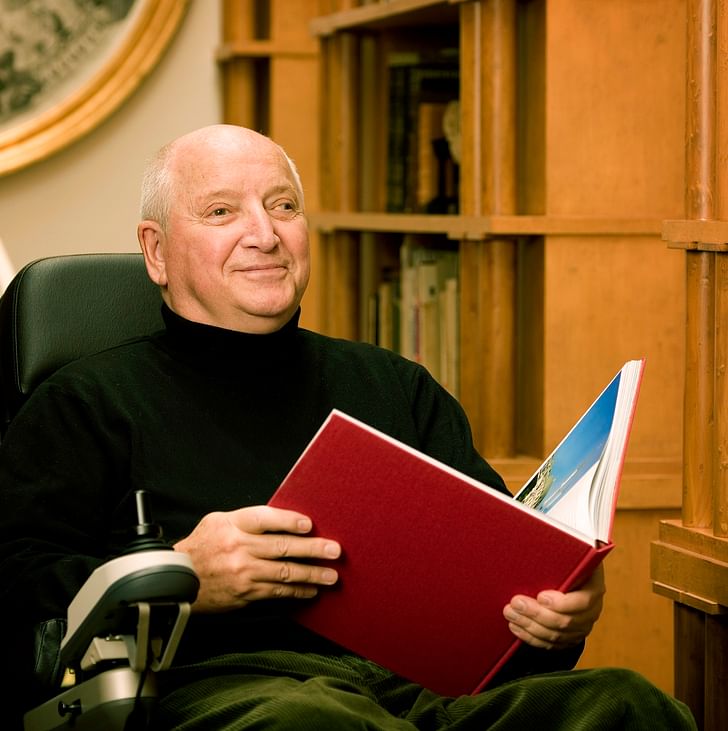
Explain your role in starting the Michael Graves School of Architecture.
I’m the acting dean of the Michael Graves School of Architecture. My role is to get this school off the ground – putting together the academic program, getting the approvals, recruiting students, promoting the program, hiring faculty. I’m working with an advisory board that has been set up that Michael chairs, with some noted architects who helped conceptualize what the program should be about. And i’m trying to give that more specific shape through the curriculum and the pedagogy.
Why start this school now and why associate with Graves?
I think it’s a remarkable opportunity now to think about an architecture school from scratch. No one seems to be completely happy with the state of architectural education. As someone who’s been involved with it for most of my professional life, there’s certainly things that I would like to be able to do differently, and this is the chance to do that. Is there the potential to investigate how architecture can be taught in a very dynamic and changing environment, and to do it better? And so for me, that means being able to investigate more deeply into the history and geography, ecology and even a sense of ethics will come into shaping what this program can be.particular circumstances of design. Some of that has to do with where you’re located, and the opportunity to have two campuses in major metropolitan areas (one in North America and one in Asia), seems to be a remarkable resource as a place to begin. I think there’s also an opportunity to help define what I call “public architecture” today. What are those places, spaces and buildings, where not just architects but the public as well really find value in design and architecture. And I think being able to contextualize that again in the New York/New Jersey metropolitan area, and the region around Wenzhou China, is a wonderful opportunity that I’m looking forward to. And that involves looking closely and understanding these two regions closely. So looking at architecture not purely as an issue of form and design, but understanding the various components that have helped shape architecture over the years, and that history and geography, ecology and even a sense of ethics will come into shaping what this program can be.
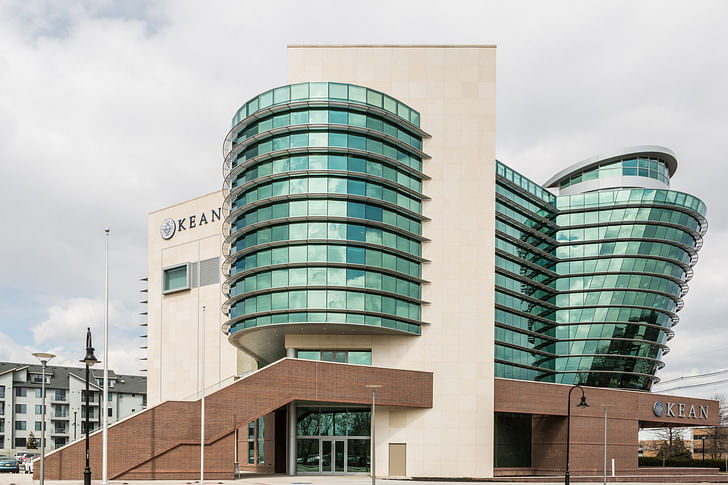
How does that distinguish the school from the current mode of architecture institution, which it finds dissatisfying?
There are a lot of flavors of architecture schools today, that’s one of the advantages. There are schools that obsess about form, there are schools that are based on a kind of technological model, there are some that are based on theory – there’s just a lot of choices. I think it’s good to have those choices, for the student to be able to seek out the school that matches best with them. I hope this one is different in the take it has on public architecture, and in these two very different contexts, I think it becomes a wonderful way of understanding public space in a western context and a non-western context, so it’s a learning opportunity I there’s some dissatisfaction with the computer becoming a useful tool, but almost too usefulthink is significant for that. One other pedagogical statement I should make here, is we really want to emphasize bringing back the hand into the design process as an intellectual endeavor. I think there’s some dissatisfaction with the computer becoming a useful tool, but almost too useful, in a way. There’s a disconnect between a larger sense of a design and intellectual vision, and how it can be represented. And so we want to investigate that in this program.
So how will that be balanced with actual pedagogy? Will all programs be prioritized towards hand drawing, or will there be a more proportional balance between hand-drawing and digital design?
The computer is an incredibly useful tool, but to the degree to which it eclipses the ability to draw by hand I think it becomes a problem. So it’s striking that balance, that’s the key. The best programs that I’ve seen are the ones that really allow the students to be multi-faceted in how they approach the design process. You go into those studios and there are computers sure, but there’s also a place where they’re building models and doing drawings, working with different materials… I think that’s really what we want, the ability to capture all of these different working methodologies as a way to ultimately realize the highest quality of design.
So how will the two campuses interact?
It’s one program on two campuses, so it will be a single design program for students to earn the same degree. They will come together and study together at various points in the program, but they also have the ability to go back and forth on their own choosing, because the curriculum is the same in both places. For me, I see a wonderful opportunity for the students to start to engage as students with their peers from another continent, and begin to develop friendships and professional working relationships that I anticipate will serve them well in an increasingly global world of practice.
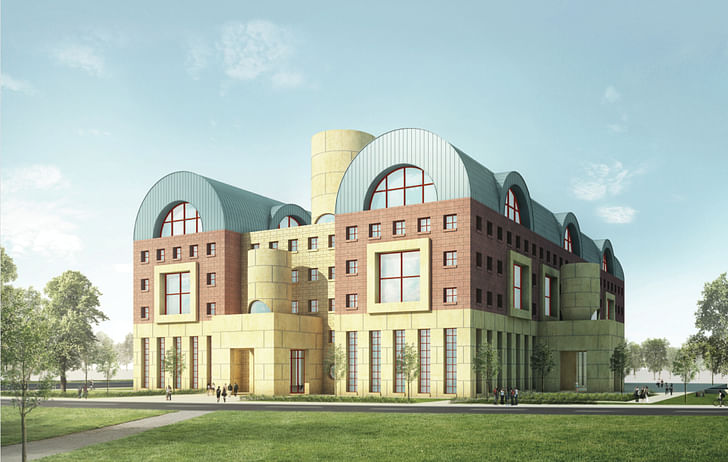
Why exactly, in terms of historical precedent, personal relationship, and pedagogical implications, choose Michael Graves as a masthead for this institution?
Michael’s an extraordinary teacher of architecture. He was easily the best teacher I’ve ever had. He’s done so much in his practice that maybe tends to skew the fact that he was a mainstay of the faculty at Princeton for so many years, but he cares deeply about architecture and architectural education, and if you really follow his career closely, you understand the teaching component has been central to his development of an idea of what his architecture should be. So that’s what we’re trying to emulate here; it’s not at all a kind of stylistic question of trying to do what Michael Graves does in terms of architectural design, it is much more the intellectual approach that we’re trying to recognize and even honor here with this school.
Could you elaborate on what that intellectual approach is?
It is to achieve a higher level of design quality and one that is situated beyond a narrow professional audience, or an academic audience, but really one that can engage the public.
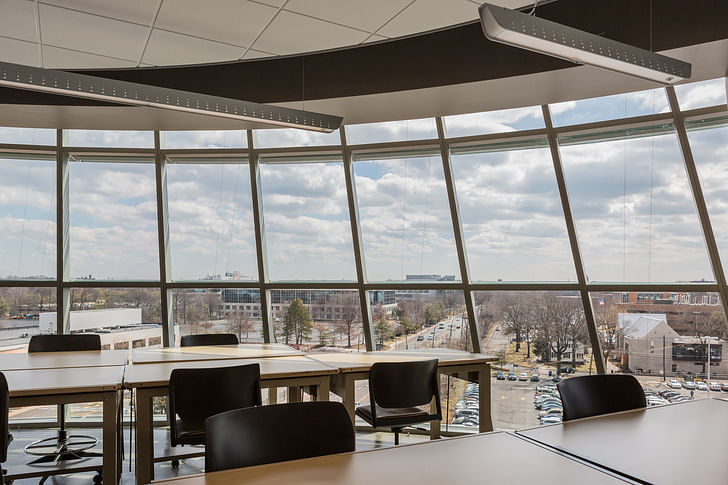
What kind of student in particular do you think would flourish at your school?
Well like all architecture students, if they work hard, that’s kind of a given, but it’ll be people who are open to coming at things in a variety of ways, not to be bound back with one particular approach, and the ability to look carefully. This is the other piece of this, the ability to really look and observe and document. To start to see what this world is about and how architecture has been built within it, and start to recognize not just the form or the style but the kind of historic impulses – economic, sociological, cultural – that have come to shape architecture. And so really developing those perceptual skills and then being able to represent them to a high-degree are some of the attributes we’ll look for in our students.
Do you have a current plan for how you’ll provide employment for students after graduating?
the teaching component has been central to his development of an idea of what his architecture should be.One of the things we’ll do is, at the end of the first year, we’ll have the students continue through the summer in a kind of atelier-based working model. They’ll be a significant outreach component; the school will be working with communities around the school, who will actually teach the students and put them to work to be paid on a research and documentation project. Right from the beginning I want to get them used to the idea of what it’s like to work in a professional environment and get paid for it. Of course, we also have the asset of being close to two very large metropolitan areas with professional cultures. We anticipate we’ll engage regularly with the professionals and bring them into the school, and develop a close working relationship that will lead to internships and other working relationships for the students.
How do you plan to adapt your programming to the shifting trends in architectural profession?
By hiring good faculty who are immersed in the emerging ideas of what architecture is today. I think you’ve got some wonderful young people who are right in the middle of all that, and that’s who we’ll be looking at. I’m very much looking for partners in the faculty that are hired here who will help to shape this program in terms of intellectual qualities, and how we go ahead and teach in the world.
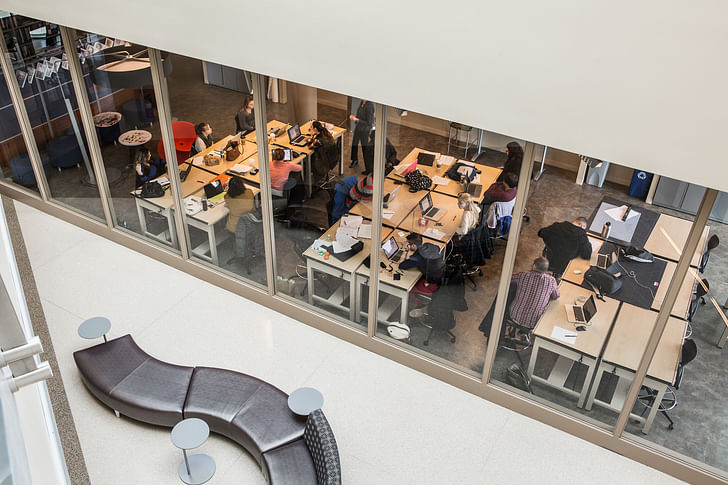
You were previously the Dean at University of Kentucky, what from your experience there do you think will be helpful coming into Kean?
One thing I learned at Kentucky was that architects suffer when they only talk to themselves. I started a new program in historic preservation and the man who was leading that literally grabbed me by the shoulders one day and shook me and said “you architects just talk to each other, and you miss the opportunity to talk to the public, because you could do something the public can’t do. You can show them what the world can be like through your drawings. And you’re missing an opportunity to do that.” It was a real revelation for me, because I realized Right from the beginning, I want to get them used to the idea of what it’s like to work in a professional environment and get paid for it.even my third or fourth or fifth year students were more sophisticated about the nature of the city where we were working than all but a handful of people who lived in that city. And so we became much more focused on doing projects in public, doing them out where it was not simply the professional audience or the academic audience doing it, where it was a public audience, and I found that to be an incredibly rewarding process not just for the students but for the public as well. And I think it helped shape some of the development activities that took place in Kentucky.
Can you name a few examples of those kinds of programming?
I set up a couple of community design centers that were involved in various urban design initiatives, primarily in Lexington and Louisville. We did a studio in new housing and new housing opportunities in infill sites in downtown Lexington. Which I think was a catalyst for any number of developers, who then suddenly started realizing and pursuing new housing programs in those places. I think it was just showing people what was possible, and that was a kind of key way to demonstrate the value of what architecture could be.
Do you anticipate collaboration across different schools within the University?
Without question. We’re already talking about a new program in preservation with faculty in history and art history. There’s incredible resources on this campus of a historic house where the first governor of New Jersey lived. It’s still intact, it’s a wonderful historic site. I think there are other opportunities with the global school of business, which will have a significant presence in China as well. But architecture I think is best when it collaborates, so we’ll take every inch of that that we can.

What types of relationship do you imagine building specifically between the school of architecture and the local government(s)?
It’s too soon to say. It’s a question of meeting them and determining what their needs are. my experience in Lexington led me to believe that any city welcomes assistance with its urban future, and visualizing what possibilities exist with that. And whether that’s planning, whether it’s looking for overlooked sites that can be adapted, whether it’s dealing with infrastructure, I think it’s learning what the needs are and trying to pursue them in a meaningful way that’s helpful to them.
Are there any local issues that you’d like the school to serve?
architects suffer when they only talk to themselves.There are a lot of cars! A way to get a few of them off the road and create an environment where people weren’t so dependent on their cars, either because you made places where people wanted to be and didn't feel the need to move out of them for services, or if there were an alternative that existed. That would be a place to start. I look at the campus here, and there are too many parking lots, I’ve already started talking to the president about how we could start to deal with improving that situation, both in terms of its functioning and aesthetics. We’ll start with what we can improve but we’ll move on from there.
How important is it for yourself to have been or currently be a practicing architect?
I think it’s critically important to be an architect, that’s my discipline, that’s how I describe myself, in trying to have a larger sense of the three-dimensional environment and understand where design interventions can be meaningful. Some of it comes through practice, some of it comes through teaching but they'll draw clean and clear lines between them. I think you can carry out a teaching program that has great professional and practical application in the field, and that’s what I tried to do in Lexington. Like Michael [Graves], he very much wanted a practice that continually came back to teaching, as a kind of foundation for how he approached his design methodology in terms of the buildings and commissions that he took on. I think that’s what’s so appealing about this discipline; you really have the potential to go back and forth from trying to understand and learn about it in both the professional context but also in the academic context, and have each reinforce and be an asset to the other.
Former Managing Editor and Podcast Co-Producer for Archinect. I write, go to the movies, walk around and listen to the radio. My interests revolve around cognitive urban theory, psycholinguistics and food.Currently freelancing. Be in touch through longhyphen@gmail.com
2 Comments
Hmm... I still don't quite get it. Why another architecture school? Why a Wenzhou campus? I'll buy the emphasis on hand drawing, though I'd be worried if that's all there is to this. Manual skills aren't a pedagogy.
A strong school needs more than one point of view - right now all they've got is Graves. And it doesn't seem as if he has been the one pushing to make this happen. In fact it's not clear to me who is pushing for this school. If Mohney is doing this on leave he's obviously not that committed either. Who is it who wants this school to happen?
Ken had mentioned the importance of an alternate public option in NJ - nowhere was that mentioned as a purpose for this program. I just don't get what the mission of this program is. Promote hand drawing in design? That seems like a rather small purpose to start a school around.
Midlander a lot of this isn't computing for me either. Would love to see the faculty list and course agenda, a quick Google on cell phone came up empty.
Block this user
Are you sure you want to block this user and hide all related comments throughout the site?
Archinect
This is your first comment on Archinect. Your comment will be visible once approved.